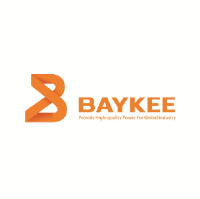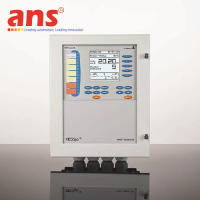Luminescence sensors respond to materials such as paints, greases, inks and
adhesives that have luminescent tracers. The tracers emit light in the visible
spectrum when stimulated by a UV light source. These sensors are very useful in
many applications where the presence of these materials needs to be accurately
verified.
The technique of applying a luminescent marking is often useful in
applications where there is significant variation in the background that needs to be
ignored, such as text and graphics printed on labels. A luminescent mark can be
printed using an invisible ink anywhere on a label without affecting the aesthetics of
the label, while allowing a luminescence sensor to detect the mark to verify
presence, orientation and positioning of the label.
Often, clear films such as those used in tamper-evident seals contain optical
brighteners that cause them to luminescence in the presence of a UV light source.
Many commonly used packaging and production materials use luminescent tracers
as a means of providing presence verification. Among these materials are
adhesives, gums, films, inks and greases. Since many of these materials are clear
or nearly clear, other types of sensors are not suitable for reliable verification.




 support@ansgroup.asia
support@ansgroup.asia
 0911.47.22.55
0911.47.22.55



































